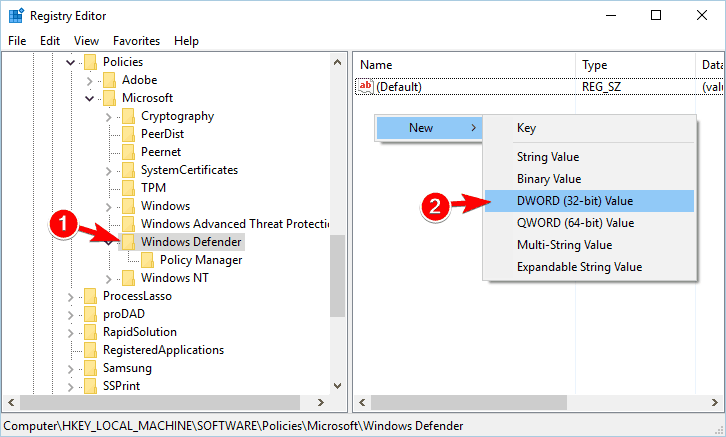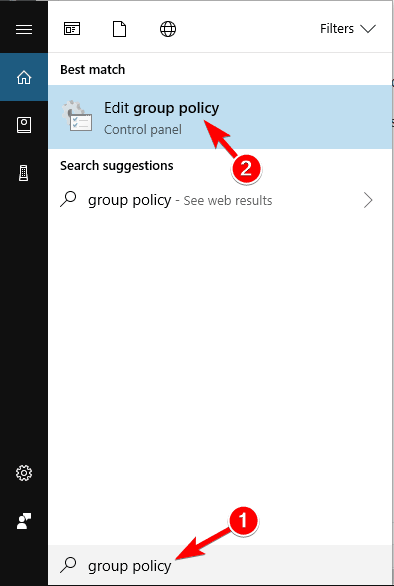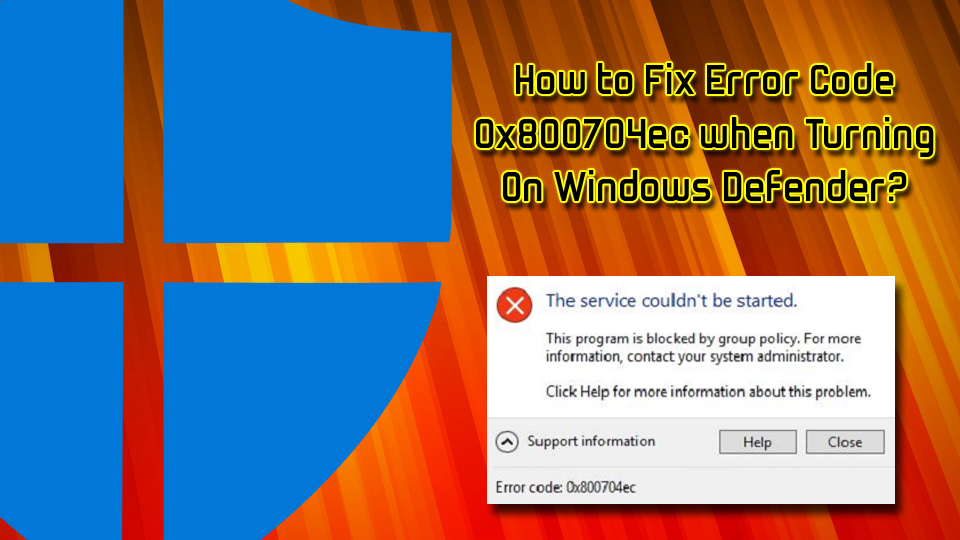

Local security policies are configured in a separate mmc console – secpol.msc. Reset Local Security Policy Settings to Default in Windows The next time you make changes to Group Policy, Windows will create new Registry.pol files with the new settings.

When you update the Group Policy settings on your computer (using the gpupdate /force command or on a schedule), the new settings applied to the registry. When you close the GPO editor, the changes you make are saved to the Registry.pol files. When you open the Local GPO Editor Console, it loads the contents of the registry.pol files and shows them in a user-friendly graphical way. The contents of the file \User\Registry.pol are imported to the HKEY_CURRENT_USER (HKCU) hive when the user logs in.

These files store registry settings that correspond to the configured GPO settings. The Windows Group Policy architecture is based on special Registry.pol files. In such cases, you have to reset the saved GPO settings in local files on your computer.

For example, the inability to run the gpedit.msc snap-in or even any program or app, loss of the administrator privileges, or a restrict to logon locally. Incorrect GPO configuration can lead to more serious problems. The above method for resetting Group Policy in Windows is suitable for the simplest cases. A list of all applied local and domain policy settings in a convenient HTML report form can be obtained with the built-in GPResult tool:


 0 kommentar(er)
0 kommentar(er)
